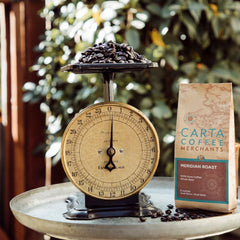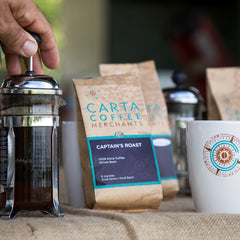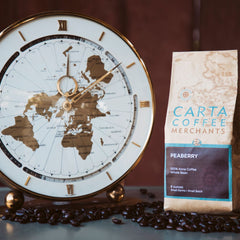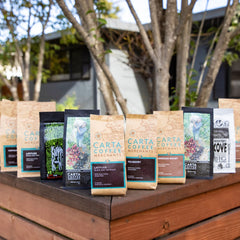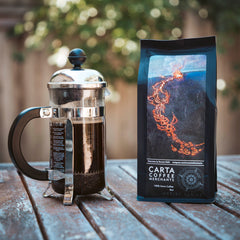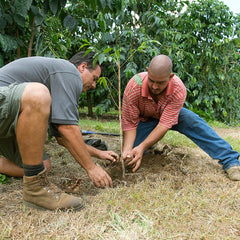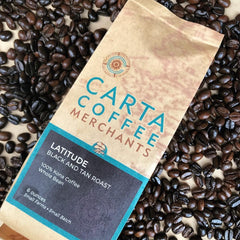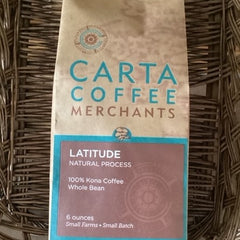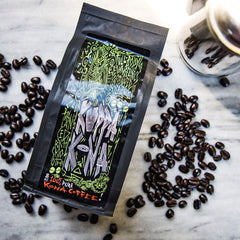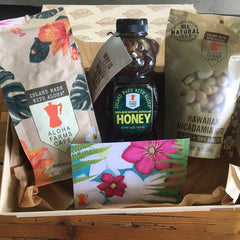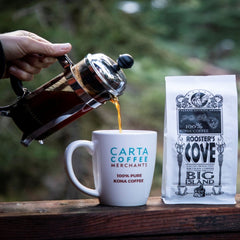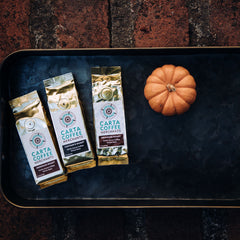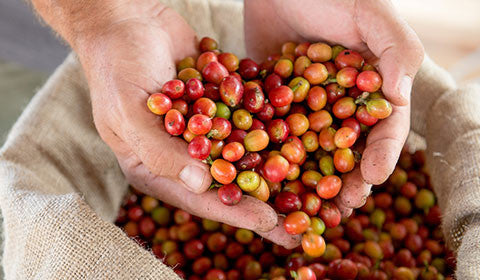Posted on

Caffeine has long been touted as having many health benefits for those who drink it regularly. From sharper memory to increased athletic endurance, caffeine can increase physiological performance of the human body. Drinking coffee and/or tea are the two main ways most people get their daily caffeine fix.
Caffeine affects individuals differently. Body weight, heredity, metabolism, and tolerance to it all play a big part in how it affects the mind and body. A single shot mocha will cause some people to feel jittery while others will require multiple shots and even then they might only feel a slight buzz.
While caffeine imparts many health benefits, you can easily over-do it if you drink too much caffeine. For example, some portions of the populace have a sensitivity to caffeine. For them, just one single shot of espresso can cause heart palpitations, anxiety, restlessness and sleep issues.
The amount of caffeine in a drink is dependent on what kind of caffeinated drink you’re having:
Espresso
Espresso is prepared by taking a small amount of hot water and forcing it through finely ground coffee beans. A shot of espresso is around 40ml and on average it contains around 63mg of caffeine. A double shot contains 126mg of caffeine.
Due to the fact that espresso is served in very small portions it can contain less caffeine than an average cup of coffee.
Instant Coffee
Typically found in hotel rooms (and in most grocery stores), instant coffee is a no-frills drink. Most of the time it does not taste very good and its only purpose is to get caffeine inside your body in a cheap and effective manner.
Instant coffee is prepared by taking freeze-dried coffee, putting it in a coffee cup and mixing the concoction. The coffee grinds are dissolved in the water and you’re left with a beverage that containers anywhere from 30-90mg of caffeine.
8oz Brewed Cup of Coffee
This is the average serving size of a cup of coffee. It’s usually made by a brewing machine, premium coffee beans and contains around 95mg of caffeine.
Decaf Coffee
You might be surprised to know that decaf coffee actually has a little bit of caffeine inside it. Depending on manufacturer, a decaffeinated cup of coffee can contain anywhere from 1-7mg of caffeine with the average being around 3mg.
Store Bought vs. Local Coffee shop
The coffee that your local name brand coffee shop produces typically has more caffeine in it than what you would buy at a store (and/or brew at home).
8oz cup – 180mg
12oz cup – 260mg
16oz cup – 330mg
20oz cup – 415mg
As you can see there are huge variances in the caffeine content of different kinds of drinks. This can be caused by several factors such as:
- Type of roast and the quality of the coffee bean
- Quantity of brewed coffee (or espresso made)
- Blends of beans used in any given coffee mix
- Temperature of the water
- Milk or creamers added (which can dilute the caffeine content)
All of these factors combined will determine the exact amount of caffeine in the drink. At this point in time there really is no standardization of caffeine content in coffee or espresso drinks.
Caffeine Content of Tea
Generally speaking, there is more caffeine in tea than there is coffee. This is due to the tea leaves being brewed in hot water and the method of which caffeine is extracted into the drink. It can also be due to how the tealeaves were processed when picked. Oxidation is the main reasons as to why some tea leaves contain more caffeine than others.
There are some types of tea that have less caffeine than an average cup of coffee. It all depends on the leaves used, how much oxidation they were exposed to after being picked and how they are brewed.
Green Tea
Green tea contains the least amount of caffeine when compared to both coffee and other types of tea. This is due to the lack of oxidation green tea leaves receive. There are however, differences in the amounts of caffeine based on the type of green tea you’re drinking. Chinese green tea has around 30mg of caffeine per cup and Japanese green tea has around 25mg of caffeine per cup. The actual kind of green tea leaf also factors heavily into the amount of caffeine that it contains.
Oolong Tea
Oolong teas are semi-oxidized. Meaning they were exposed to air for a longer period of time after being picked than green tea was. You can expect to receive anywhere from 30-50mg of caffeine in Oolong tea. It depends upon the tea leaf itself, the brand and whether the oolong tea is blended with other tea leaves.
Black Tea
Black tea has the highest caffeine content out of all the teas. Their leaves are fully oxidized and have been exposed to air for a longer period than green and oolong. It takes several months of being exposed to air to create a black tea. The average caffeine content is around 40-60mg.
Pu’erh Tea
If the other teas just don’t get your proverbial engine running, then you should give Pu’erh tea a shot. Long considered more of a “medical tea”, Pu’erh has been said to help cure hangovers along with reducing cholesterol.
Pu’erh is created by aging and fully oxidizing the tea leaf. It is said that the longer the tea is aged, the better and smooth tasting it is. Pu’erh actually starts off life as a standard green tea. The 2nd fermentation process (which can take up to 6 months) is when it gets its flavor, high caffeine content and purported medicinal properties.
As you can see, coffee and tea both contain a fair amount of caffeine; even decaffeinated coffee contains a small amount. Caffeine can have both positive and negative effects on the human body and should be consumed responsibly, and as such it is important to be aware of how much caffeine is in the beverages that you consume on a daily basis. Coffee and tea can both provide health benefits if consumed in moderation.


